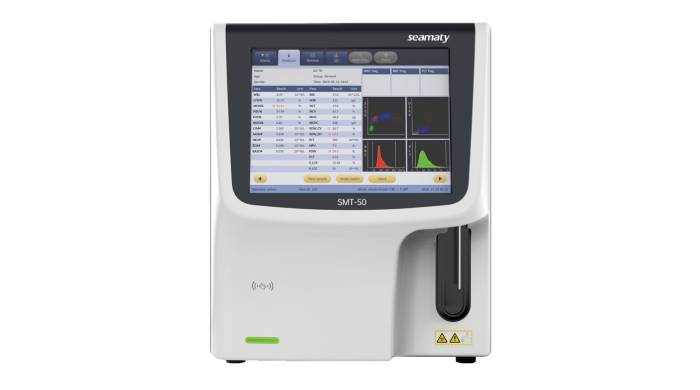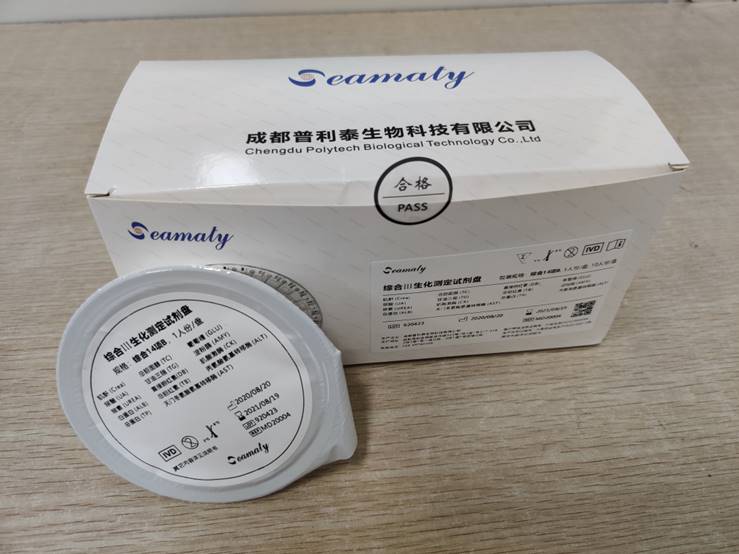release time:2022-07-20 15:00:56
After the development of Hematology Analyzer, many more parameters have been added for analysis and calculation. Such as Red Blood Cell Volume Distribution Width (RDW), Mean Platelet Volume (MPV), Platelet Volume Distribution Width (PDW), Platelet Pressure Volume (PCT), Large Platelet Ratio, Leukocyte Triplet, Leukocyte Quintuplet, Hemoglobin Concentration Distribution Width, Abnormal Lymphocyte Indication, Infantile Cell Indication, etc. Various parameters and features are constantly being added to some brands of instruments.


2024-04-25
Equip your veterinary clinic with the top 10 essential medical tools for diagnosing, treating, and monitoring animal health. From stethoscopes to ultrasound machines, discover how this equipment enhances pet care and clinic operations.

2021-12-08
Dry chemistry analytical techniques are relative to wet chemistry techniques. Dry chemistry is the direct addition of a liquid test sample to a dry reagent produced specifically for a different project. The moisture of the sample under test is used as a solvent to cause a specific chemical reaction, which leads to a chemical analysis method. Dry chemistry is a class of analytical methods based on enzymatic methods. Dry chemistry can also be called solid phase chemistry. Dry chemistry uses reflectance photometry or differential electrode method as a measurement method.

2021-08-12
The Seamaty SMT-120V fully automated analyzer uses a complete range of biochemical reagent trays that are very cost effective. 22 tests can be performed on the SMT-120 test tray, covering liver, kidney, pancreas, myocardium, ion, protein and metabolic groups. The SMT-120 is a 40-well reagent tray with a unique black retaining ring to prevent sample contamination of the tray.